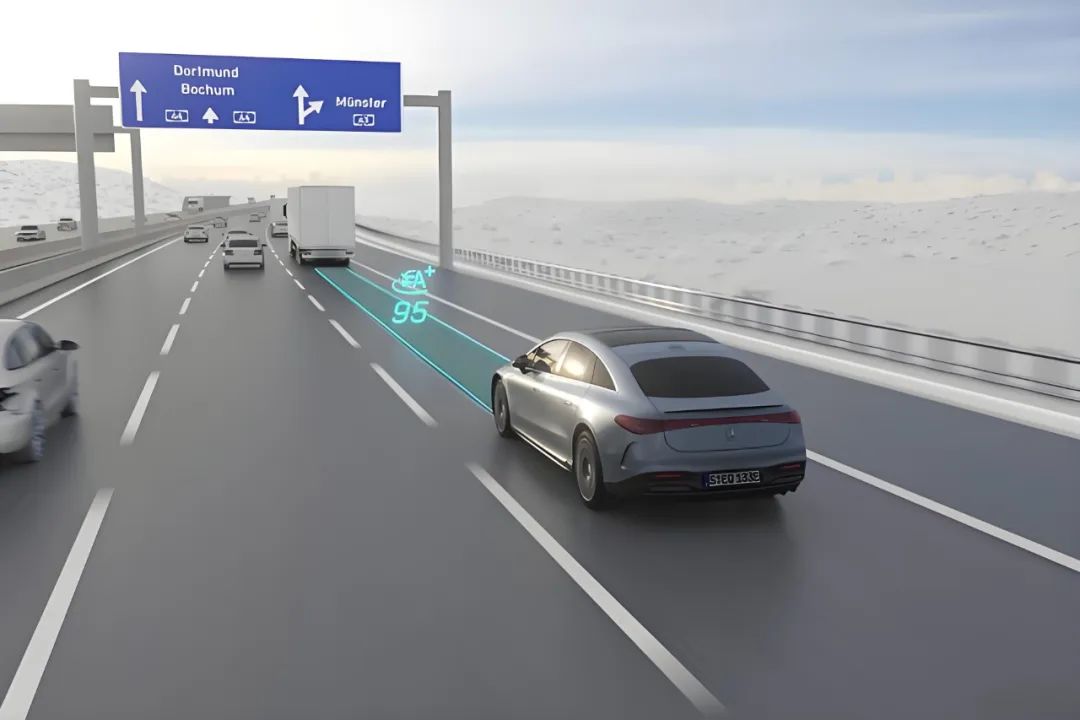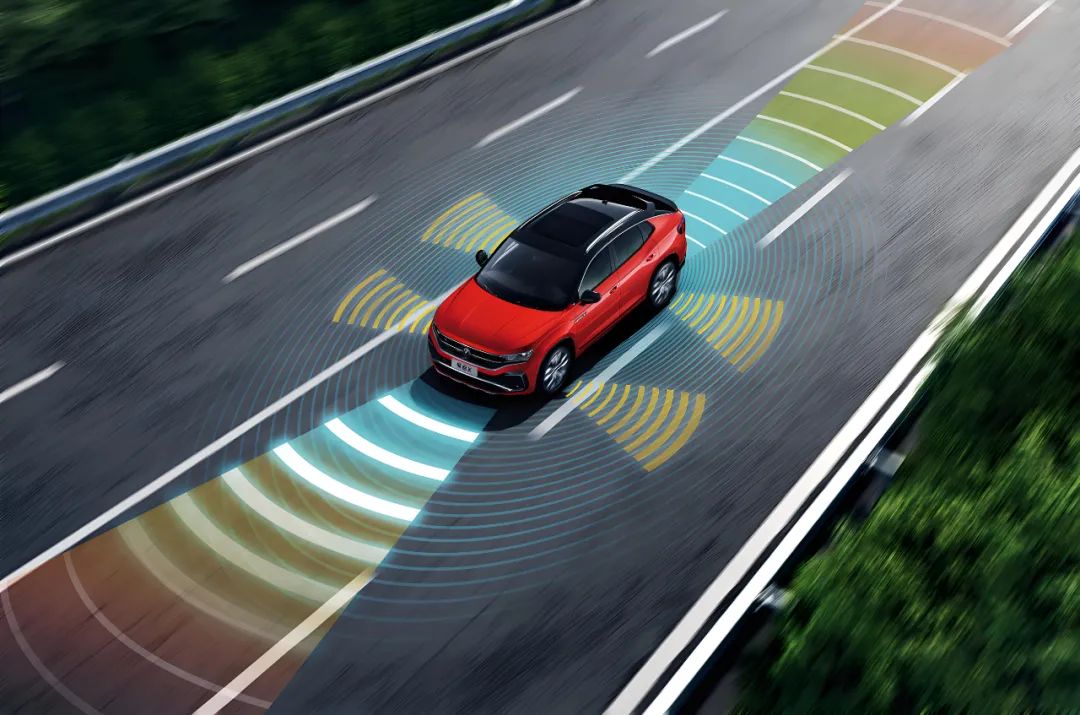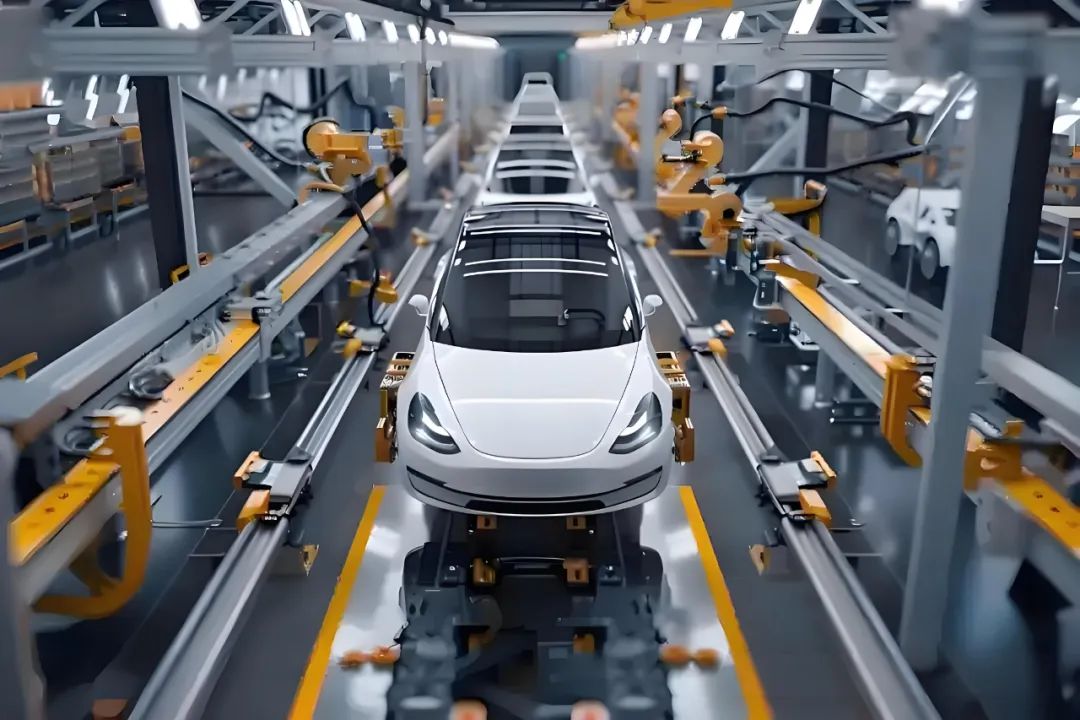Understanding Full Stack in Autonomous Driving: Is It a Necessity?
![]() 08/28 2025
08/28 2025
![]() 524
524
As autonomous driving technology evolves, auto companies are unveiling their solutions. Many tout "full stack in-house R&D" as a strength. Full stack involves developing and applying a comprehensive technology stack, spanning from hardware to cloud services. For companies aiming to thrive in a competitive market, full stack seems essential for core competitiveness. However, given limited resources and accelerating market demands, is this approach necessary?

What is "Full Stack"?
To grasp full stack autonomous driving, understand its technical layers. The perception layer, akin to the system's "eyes," uses cameras, LiDAR, radar, and sensors to input 3D environmental data. Algorithms, the "brain," process this data using deep learning, visual processing, and sensor fusion to detect and track objects. Full stack vendors optimize algorithm models based on custom hardware for high performance on low-power platforms.
Positioning and high-precision maps form the "navigation heart." These maps detail lane widths, road deformations, and traffic facilities, integrating real-time positioning for millimeter-level accuracy. Full stack teams build point cloud scanning fleets, updating maps through backend processing. For positioning, they fuse inertial navigation, visual odometry, and GNSS for reliability in challenging environments.
Decision-making and planning follow perception and positioning. The decision-making layer, like a human driver's brain, assesses surrounding traffic, rules, and priorities to formulate strategies. The planning layer converts these into executable trajectories, balancing safety, comfort, and efficiency. Full stack teams customize planning algorithms for their hardware to output smooth trajectories in milliseconds.
The control layer transforms planned trajectories into steering, throttle, and brake commands. Algorithms must calculate control variables precisely, ensuring stability without exceeding mechanical delays. Full stack solutions enable deep understanding of vehicle electronics, actuators, and mechanics for optimized control loop performance.

Beyond core modules, full stack extends to software architecture and cloud services. Middleware supports cross-module data exchange, while cloud integration enables simulations, data annotation, OTA updates, algorithm training, and continuous iteration. This ensures real-road data feeds back into R&D for rapid iteration.
Vehicle integration and validation testing connect all stages, ensuring real-road safety. Full stack teams build HIL and SIL simulation platforms, combining simulators, closed test sites, and road tests for comprehensive safety assessments. Autonomous control over each layer avoids risks from external components or black box algorithms.
Must It Be "Full Stack"?
Companies choose full stack to control core capabilities under technology and competition pressures. For leaders, it reduces verification cycles, minimizes supplier dependence, and maximizes hardware-software synergy. In complex urban environments, integrated designs across perception, positioning, fusion algorithms, and hardware are crucial.
However, full stack is not essential. For small and medium-sized teams, the resource gap is challenging. Full stack requires deep expertise in sensors, electronics, embedded systems, algorithms, cloud platforms, and vehicle engineering, incurring significant time and financial costs. Market demands often require rapid iterations and large-scale applications, making full stack impractical for some.

Teams are balancing "focus + ecosystem." Focusing on one or two core modules, like visual perception or high-precision maps, and cooperating with OEMs or Tier 1 suppliers through open standards can achieve capability output and resource sharing. Open interfaces and cloud collaboration form a parallel ecological network, compensating for shortcomings through partners and maintaining competitive advantages, reducing full stack risks.
For practical scenarios, not all need full stack. For low-speed campus shuttles or mining vehicle automation, perception and planning are simpler, focusing on quick deployment and adjustment. However, for highway L3/L4 autonomous driving, a full stack from sensors to actuators maximizes performance and accelerates deployment.
Full stack and focus + ecosystem are not mutually exclusive but strategic adjustments. Companies can initially focus on core capabilities and validate market demand with lightweight solutions. As technology and finances grow, they can expand upstream and downstream to form a complete technical loop, avoiding the "I have to do everything" trap while grasping core competitiveness.
Final Thoughts
Full stack autonomous driving is a pursuit of technological autonomy and performance optimization, invaluable in high-difficulty applications and leading vendor product matrices. However, for most, a focus and ecosystem strategy, aligned with resources and business landscape, is more likely to succeed in marketization. Like a relay race, the winner judges when to accelerate and steady the pace. Autonomous driving's full stack path is a technology and business endurance race, requiring the optimal balance between rationality and innovation.
-- END --





